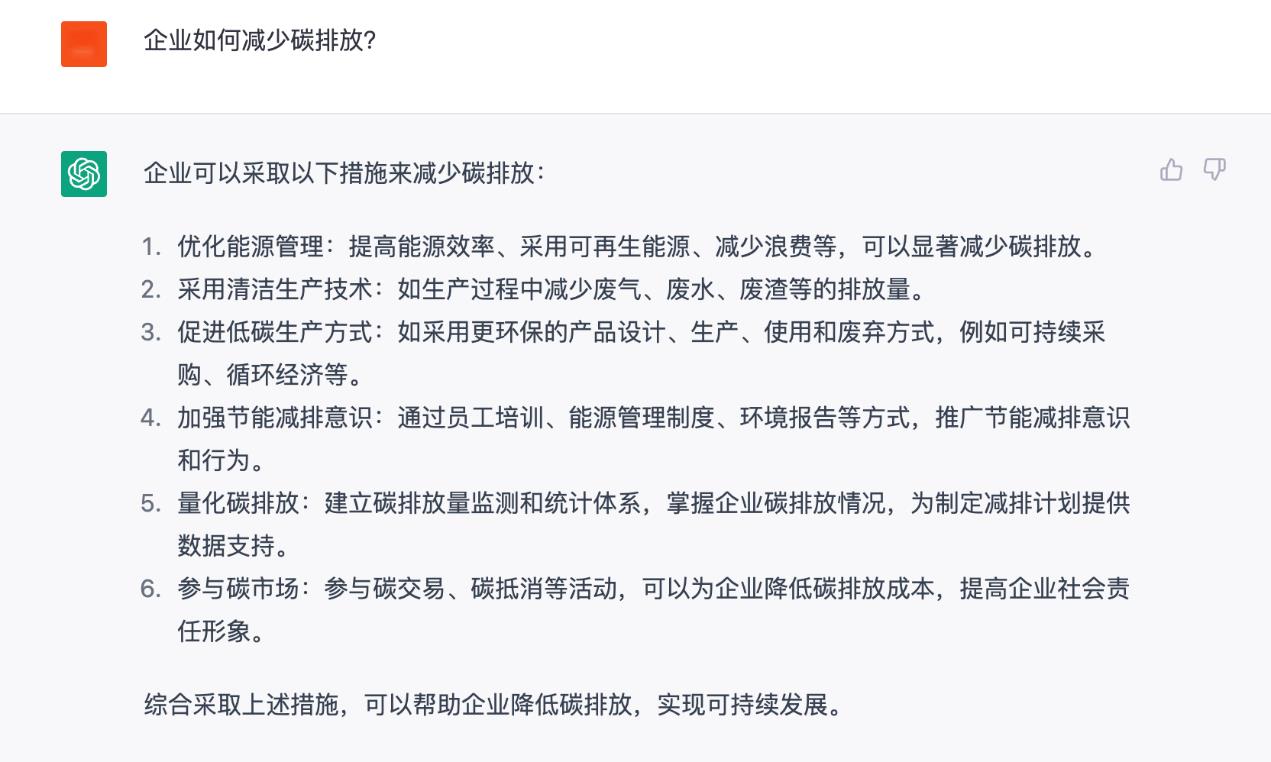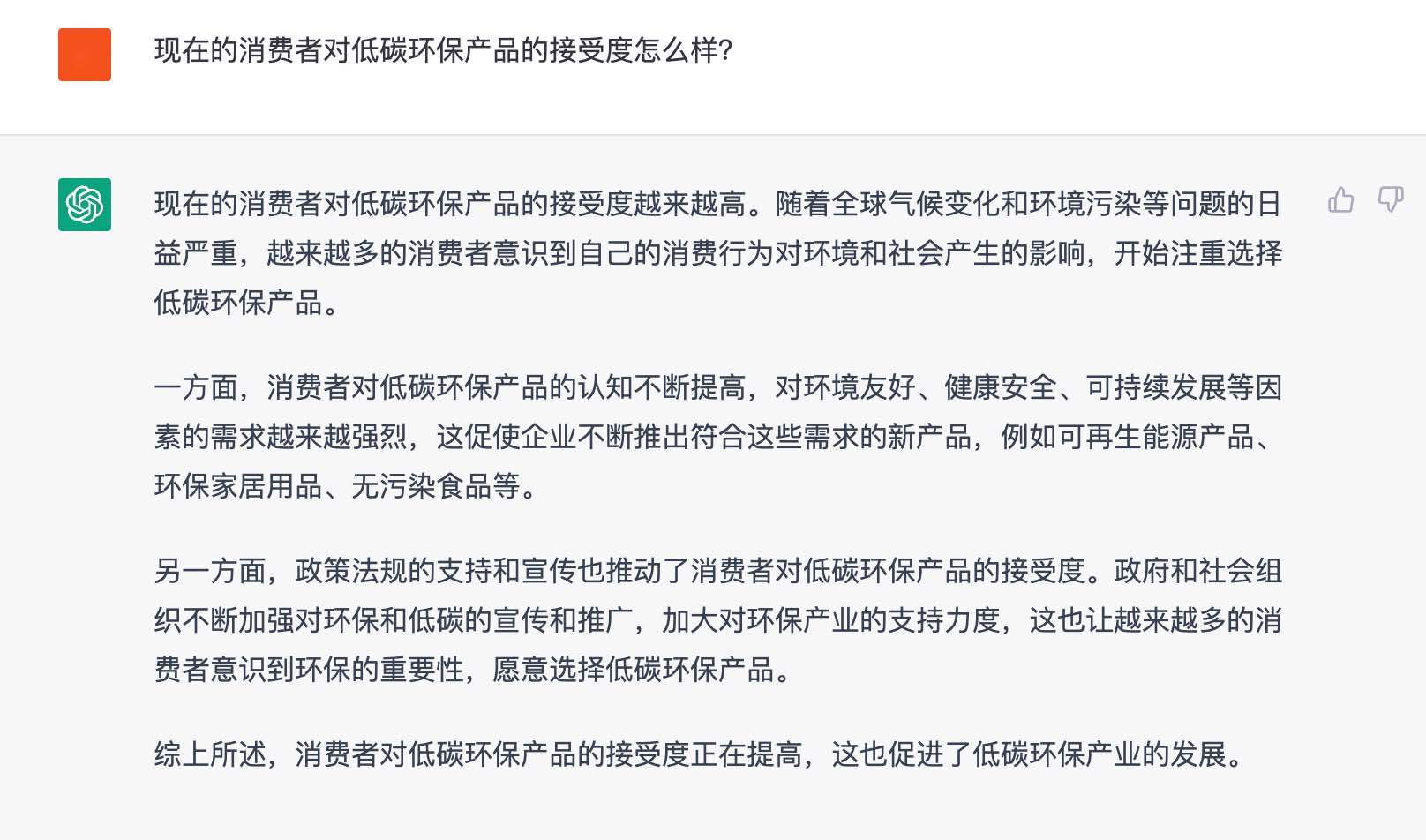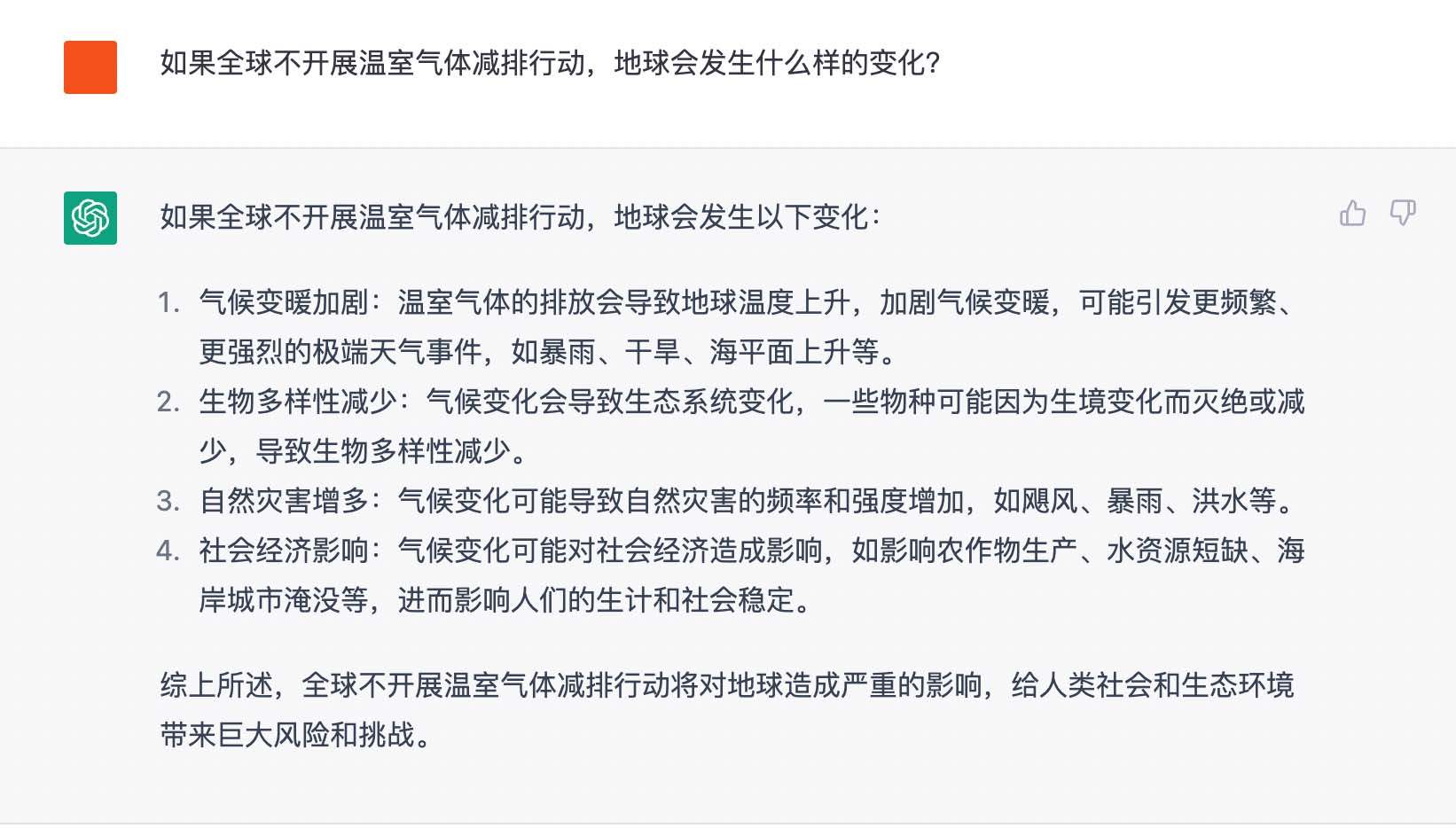Introduction: ChatGPT intelligent chat robot, which has received much attention recently, has only been online for 2 months, and its active users have broken 100 million. Now it has not only become the focus of many industry professionals, but also become an inevitable topic in our social life.
- What is ChatGPT? What can you do?
- What does ChatGPT think of carbon neutrality?
- Enlightenment of ChatGPT on Double Carbon
What is ChatGPT? What can you do?
ChatGPT is a natural language processing tool driven by artificial intelligence technology, and a chat robot program developed by OpenAI in the United States.
ChatGPT can talk through learning and understanding human language, interact according to the context of chat, really chat and communicate like human beings, and complete tasks such as writing emails, video scripts, copywriting, translation, code and writing papers.
Therefore, it has also caused heated discussions and concerns among netizens:Will ChatGPT replace software engineers, paralegals, graphic designers and teachers in the future?
What does ChatGPT think of carbon neutrality?
Although global warming has been a phenomenon since the process of human industrialization, it is only in recent years that it has really aroused widespread concern of countries and people around the world. Therefore, the fields of peak carbon dioxide emissions and carbon neutrality are brand-new compared with other mature knowledge systems.
Next, let’s take a look at the understanding of double carbon by this chat robot who knows astronomy and geography from a few easy to difficult questions.
1. What is peak carbon dioxide emissions?

(Image taken from: ChatGPT)
ChatGPT’s answer is basically correct, but it should be noted that "carbon" in "peak carbon dioxide emissions" refers to greenhouse gases. China’s 2030 "peak carbon dioxide emissions" target is limited to carbon dioxide emissions, excluding non-carbon dioxide greenhouse gases.
2. What is carbon neutrality?

(Image taken from: ChatGPT)
ChatGPT explains "carbon neutrality" in plain language, so it seems that the rumor that "he" may replace some teachers’ work in the future may have some credibility? .
3. How can enterprises reduce carbon emissions?

(Image taken from: ChatGPT)
ChatGPT talked about the emission reduction measures that enterprises can take from the aspects of energy, production technology and methods, management system, carbon inventory and carbon market, covering a comprehensive dimension, but the depth and operability of the suggestions need to be further improved.
If the enterprise plans to carry out emission reduction work and seize the opportunity in the double-carbon green revolution, it can add a small assistant at the end of the article and contact us to formulate a professional and operable enterprise emission reduction plan.
4. What is the consumer’s acceptance of low-carbon environmental protection products now?

(Image taken from: ChatGPT)
ChatGPT’s answer can be said to be relatively objective. For example, in 2021, PricewaterhouseCoopers conducted a survey of 1,000 consumers from 52 cities in 23 provinces in China, and more than 70% of them were willing to carry out low-carbon and environmentally-friendly green consumption. In addition, the National and Local Implementation Plan for Promoting Green Consumption also provided support and guarantee for the development of green and low-carbon products at the policy level.I believe that green and low-carbon products will become the mainstream of the market in the future..
5. What will happen to the earth if the global greenhouse gas emission reduction action is not carried out?

(Image taken from: ChatGPT)
ChatGPT is not alarmist. I believe everyone has a personal experience of the worrying floods in Henan in 21 years and the record high temperature in the summer of 22 years. Moreover, the United Nations Disaster Prevention and Mitigation Agency pointed out in the "Human Losses Caused by Disasters in 2000-2019" that between 2000 and 2019, it happened globally.Six thousand six hundred and eighty-oneClimate disasters, compared with the previous 20 years.83%!
The above questions, to a certain extent, confirm ChatGPT’s "knowing astronomy above and geography below". But looking at the essence through the phenomenon, as AI robots, we all know that "peak carbon dioxide emissions, carbon neutrality" is an issue that needs to be paid close attention to all over the world at present. Therefore, enterprises and individuals should start to practice the concept of green and low carbon, whether for the sake of the global human living environment or in line with the trend of green and low carbon reform, which is the general trend and urgent!
关于作者